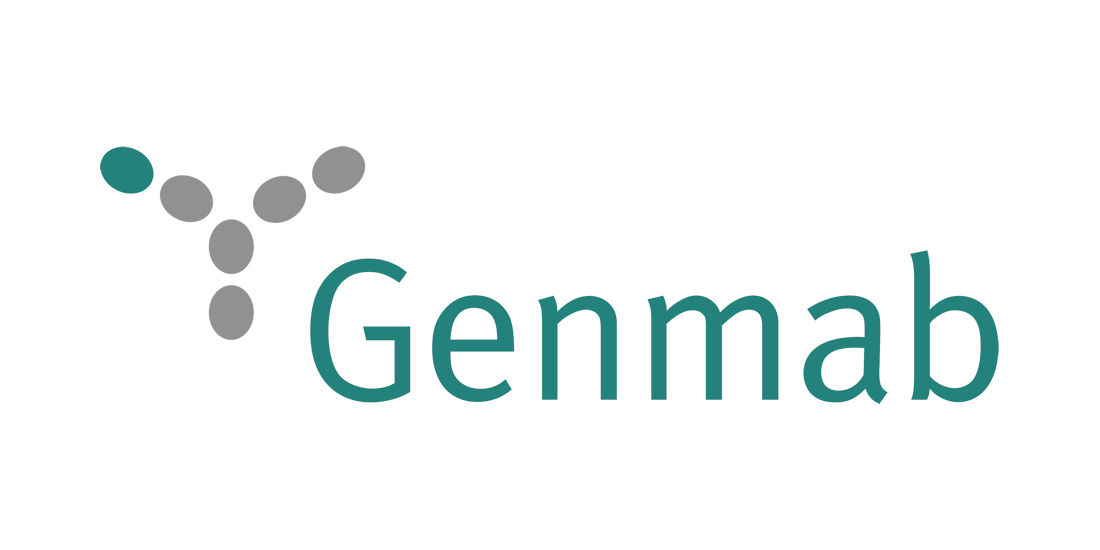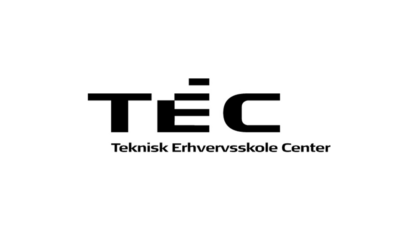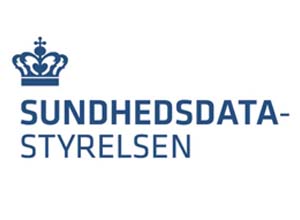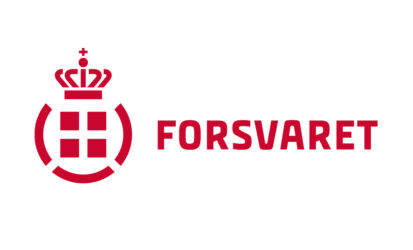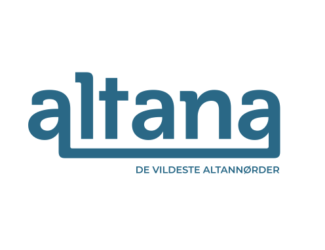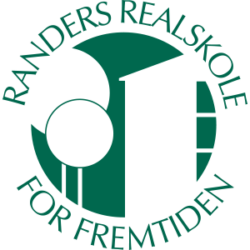Media Release
COPENHAGEN, Denmark; September 15, 2024
- Treatment with rinatabart sesutecan (Rina-S) showed encouraging response rate in heavily pretreated patients with ovarian cancer in dose expansion cohort
- Responses with Rina-S were observed across FRα expression levels
- Phase 3 trial will further evaluate the safety and efficacy of Rina-S at 120 mg/m2 in patients with advanced ovarian cancer
Genmab A/S (Nasdaq: GMAB) announced today new data from the Phase 1/2 study of rinatabart sesutecan (Rina-S), an investigational folate receptor-alpha (FRα)-targeted, Topo1 antibody-drug conjugate (ADC), demonstrated a confirmed objective response rate (ORR) of 50.0% (95% CI) in ovarian cancer patients treated with Rina-S 120 mg/m2 once every 3 weeks (Q3W), regardless of FRα expression levels. These data were from the dose expansion part of a multi-part study evaluating the safety and efficacy of single-agent Rina-S in ovarian cancer (OC) and endometrial cancer (EC). These results, and additional findings from the study, were presented at the European Society of Medical Oncology Congress 2024 (ESMO) in Barcelona, Spain.
Part B of the study randomized 42 previously-treated patients with histologically or cytologically confirmed advanced OC (epithelial ovarian cancer, primary peritoneal cancer or fallopian tube cancer) to Rina-S 100 mg/m2 (n=22) or Rina-S 120 mg/m2 (n=20). Ninety-five percent of patients in the 120 mg/m2 group were identified as platinum-resistant ovarian cancer (PROC) as were 90.9% of patients in the 100 mg/m2 group. In patients receiving Rina-S 100 mg/m2, results showed a confirmed ORR of 18.2% compared with 50.0% among patients receiving 120 mg/m2. Results for 100 mg/m2 and 120 mg/m2 respectively also included: complete response: 0 (0%) and 1 (5.6%); partial response in 4 (18.2%) and 8 patients (44.4%); stable disease in 15 (68.2%) and 7 patients (38.9%); disease progression in 3 patients (13.6%) and 1 patient (5.6%). Only one patient in the 120 mg/m2 treatment arm was not evaluable. With a median on study follow-up of 24 weeks, all confirmed responses with the 120 mg/m2 dose were ongoing at the time of data cutoff. The disease control rate (DCR) was 86.4% and 88.9% (95% CI: 65.3-98.6), respectively. Based on these results, Rina-S 120 mg/m2 has been selected for further evaluation in a Phase 3 trial for patients with advanced ovarian cancer, which is expected to start in 2024.
“Ovarian cancer presents a significant challenge, especially for those with advanced or recurrent cases, where treatment options and prognosis are often limited,” said Elizabeth Lee, MD, a medical oncologist in the gynecologic oncology program at Dana-Farber. “The encouraging Phase 1/2 data for Rina-S demonstrates the potential for future treatment options for patients. We are looking forward to additional data from tumor-specific dose expansion cohorts.”
In this Phase 1/2 study, common treatment-emergent adverse events (TEAEs) included anemia, neutropenia, nausea, thrombocytopenia, leukopenia, fatigue, vomiting, alopecia, and diarrhea. Dose reductions and treatment discontinuations were infrequent. No signals of ocular toxicities, neuropathy or interstitial lung disease (ILD) were observed.
“We are encouraged by the data from this ongoing Phase 1/2 trial evaluating Rina-S in a patient population that is in need of new therapeutic options and believe the data support the potential for Rina-S to demonstrate anti-tumor activity beyond first-generation folate receptor-alpha based therapies,” said Jan van de Winkel, Ph.D., President and Chief Executive Officer of Genmab. “Genmab is pioneering technologies that aim to transform the treatment of cancer and other serious diseases. We are committed to evaluating the full potential utility of Rina-S in patients with ovarian, endometrial and other solid tumor cancers.”
About Rina-S Phase 1/2 Clinical Trial (NCT05579366)
This open-label, multicenter Phase 1/2 study is designed to evaluate the safety and efficacy of rinatabart sesutecan (Rina-S) as a single agent Q3W at various doses in solid tumors that are known to express FRα. The study consists of multiple parts including Part A dose-escalation cohorts; Part B tumor-specific monotherapy dose-expansion cohorts; Part C platinum-resistant ovarian cancer (PROC) cohort; and Part D combination therapy cohorts.
Part A looked at dose escalation in patients with locally advanced and/or metastatic solid tumors, including epithelial ovarian cancer, endometrial cancer, breast cancer, non-small cell lung cancer, and mesothelioma. In patients with OC (n=32) and EC (n=11), treatment with Rina-S 100-120 mg/m2 (n=23 and n=5, respectively) demonstrated a confirmed Objective Response Rate (ORR) of 30.8% (95% CI: 14.3-51.8) with Partial Responses (PR) in 8 patients (30.8%), Stable Disease (SD) in 15 patients (57.7%), and Progressive Disease (PD) in 3 patients (11.5%). The Disease Control Rate (DCR) was 88.5% (95% CI: 69.8-97.6), and the median Duration of Response (DOR) was 35.3 weeks (95% CI: 20.14-NE).
Part B includes the B1 cohort, which is a dose expansion study in patients with histologically or cytologically confirmed advanced OC (epithelial ovarian cancer, primary peritoneal cancer, or fallopian tube cancer). Patients were randomized 1:1 to 100 mg/m2 and 120 mg/m2 dose groups with a median age ranging from 62.5 to 64.5 years across both groups. Ninety-point nine percent of patients in the 100 mg/m2 group were identified as platinum-resistant ovarian cancer (PROC) as were 95% of patients in the 120 mg/m2 group. Study participants were previously treated with a median of 3 prior lines of therapy (range 1-4) including bevacizumab (90.9% in the 100 mg/m2 group and 90.0% in the 120 mg/m2 group respectively), PARP inhibitors (68.2%; 65%) and mirvetuximab soravtansin (18.2%; 19%). Responses in patients with OC were observed across FRα expression levels.
About Ovarian Cancer
Ovarian cancer is a major global health issue, with over 320,000 new cases diagnosed annually worldwide.i It ranks as the eighth most common cancer and the eighth leading cause of cancer-related deaths among women globally.ii The disease is often diagnosed at an advanced stage due to its subtle and non-specific symptoms, such as abdominal bloating, pelvic pain and difficulty eating.iii Platinum-based chemotherapy, often in combination with targeted therapies and surgery, has been the standard treatment in ovarian cancer across all stages.iv,v Approximately 70-90% of women with advanced-stage ovarian cancer worldwide experience a recurrence after initial treatment.vi Ovarian cancer has a low five-year survival rate, which varies significantly by region, but generally hovers around 30-50%.vii,viii
About Rinatabart Sesutecan (Rina-S; GEN1184)
Rinatabart Sesutecan (Rina-S; GEN1184) is a clinical-stage, FRα-targeted, Topo1 ADC, currently in Phase 2 development for the treatment of ovarian cancer and other FRα-expressing solid tumors. Based on the data from the ongoing clinical trials, Genmab intends to broaden the development plans for Rina-S within ovarian cancer and other FRα-expressing solid tumors. In January 2024, the U.S. Food and Drug Administration granted Fast Track designation to Rina-S for the treatment of patients with FRα-expressing high-grade serous or endometrioid platinum-resistant ovarian cancer.
About Genmab
Genmab is an international biotechnology company with a core purpose of guiding its unstoppable team to strive toward improving the lives of patients with innovative and differentiated antibody therapeutics. For 25 years, its passionate, innovative and collaborative team has invented next-generation antibody technology platforms and leveraged translational, quantitative and data sciences, resulting in a proprietary pipeline including bispecific T-cell engagers, antibody-drug conjugates, next-generation
immune checkpoint modulators and effector function-enhanced antibodies. By 2030, Genmab’s vision is to transform the lives of people with cancer and other serious diseases with knock-your-socks-off (KYSO®) antibody medicines.
Established in 1999, Genmab is headquartered in Copenhagen, Denmark, with international presence across North America, Europe and Asia Pacific. For more information, please visit Genmab.com and follow us on LinkedIn and X.
Contact:
David Freundel, Senior Director, Global Communications & Corporate Affairs
T: +1 609 430 2481; E: [email protected]
Andrew Carlsen, Vice President, Head of Investor Relations
T: +45 3377 9558; E: [email protected]
This Media Release contains forward looking statements. The words “believe,” “expect,” “anticipate,” “intend” and “plan” and similar expressions identify forward looking statements. Actual results or performance may differ materially from any future results or performance expressed or implied by such statements. The important factors that could cause our actual results or performance to differ materially include, among others, risks associated with preclinical and clinical development of products, uncertainties related to the outcome and conduct of clinical trials including unforeseen safety issues, uncertainties related to product manufacturing, the lack of market acceptance of our products, our inability to manage growth, the competitive environment in relation to our business area and markets, our inability to attract and retain suitably qualified personnel, the unenforceability or lack of protection of our patents and proprietary rights, our relationships with affiliated entities, changes and developments in technology which may render our products or technologies obsolete, and other factors. For a further discussion of these risks, please refer to the risk management sections in Genmab’s most recent financial reports, which are available on www.genmab.com and the risk factors included in Genmab’s most recent Annual Report on Form 20-F and other filings with the U.S. Securities and Exchange Commission (SEC), which are available at www.sec.gov. Genmab does not undertake any obligation to update or revise forward looking statements in this Media Release nor to confirm such statements to reflect subsequent events or circumstances after the date made or in relation to actual results, unless required by law.
Genmab A/S and/or its subsidiaries own the following trademarks: Genmab®; the Y-shaped Genmab logo®; Genmab in combination with the Y-shaped Genmab logo®; HuMax®; DuoBody®; HexaBody®; DuoHexaBody®, HexElect® and KYSO®.
i World Cancer Research Fund International. https://www.wcrf.org/cancer-trends/ovarian-cancer-statistics/. Accessed August 2024.
ii World Ovarian Cancer Coalition. https://worldovariancancercoalition.org/about-ovarian-cancer/key-stats/. Accessed August 2024.
iii Dilley, James et al. Ovarian cancer symptoms, routes to diagnosis and survival – Population cohort study in the ‘no screen’ arm of the UK Collaborative Trial of Ovarian Cancer Screening (UKCTOCS). Gynecologic oncology vol. 158,2 (2020): 316-322. doi:10.1016/j.ygyno.2020.05.002.
iv Ovarian Cancer Research Alliance. https://ocrahope.org/patients/diagnosis-and-treatment/treatment-options/chemotherapy/. Accessed August 2024.
v American Cancer Society. https://www.cancer.org/cancer/types/ovarian-cancer/treating.html. Accessed August 2024.
vi Ovarian Cancer Research Alliance. https://ocrahope.org/patients/diagnosis-and-treatment/recurrence/.
vii European Institute of Women’s Health. https://eurohealth.ie/policy‐brief‐women‐and‐ovarian‐cancer‐in‐the‐eu‐2018/. Accessed August 2024.
viii American Cancer Society. Stages of Ovarian Cancer. https://www.cancer.org/cancer/types/ovarian-cancer/detection-diagnosis-staging/survival-rates.html. Accessed August 2024.
Media Release no. i14
CVR no. 2102 3884
LEI Code 529900MTJPDPE4MHJ122
Genmab A/S
Carl Jacobsens Vej 30
2500 Valby
Denmark


